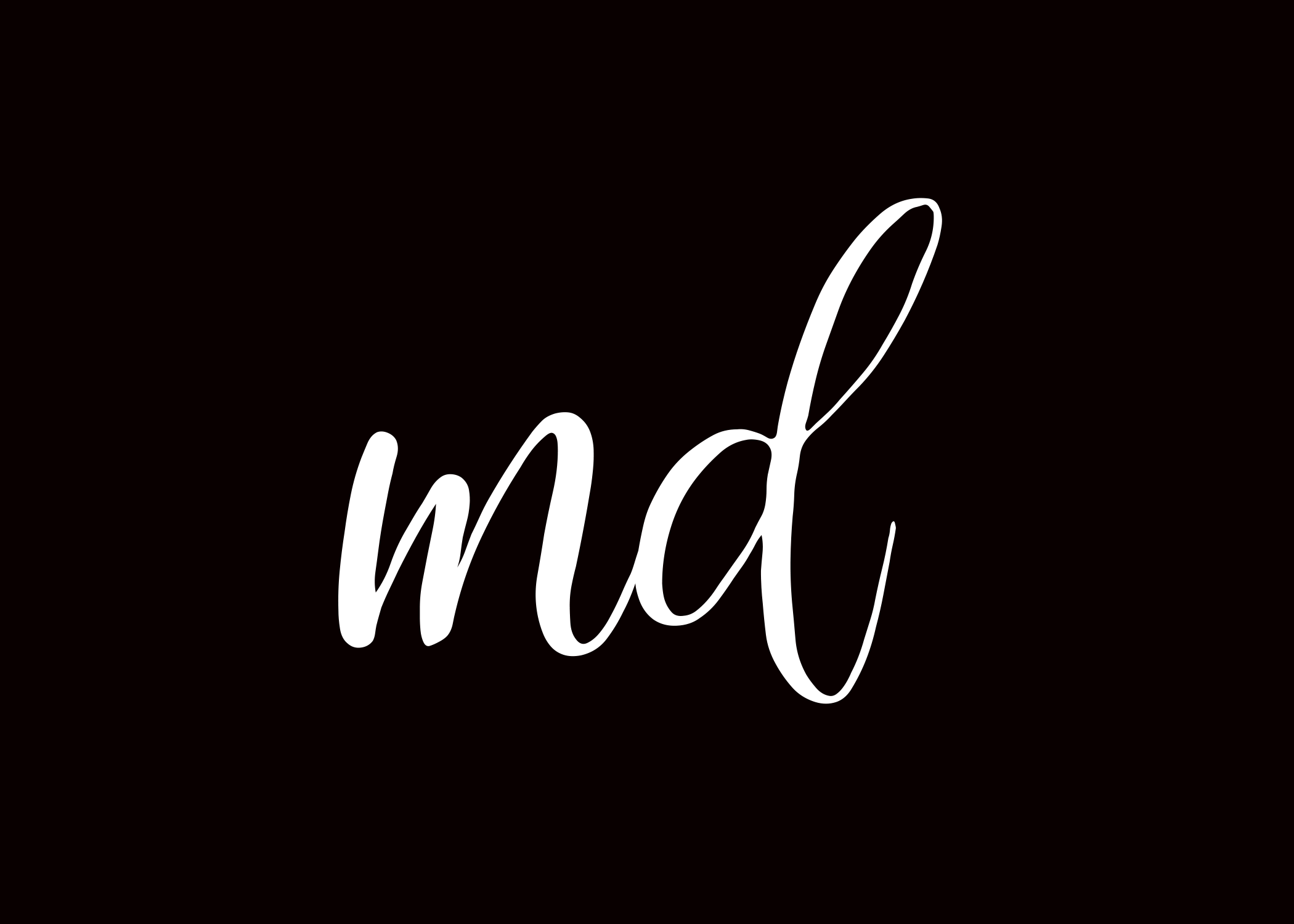Tampons Vs Pads: What’s The Best Choice For Period Protection?

The rumours are true, I am a weird scarlet-haired combination…
The average woman uses about 10,000 sanitary products during her lifetime, according to Health Women. So, one should give serious consideration when it comes to choosing the right menstrual management method.
When it comes to comparing or choosing between menstrual protection methods, it can be a really daunting process. If you have ever paid a visit to the ‘Feminine Hygiene’ section of the supermarket, you will see there is a plethora of sanitary products one can choose. Which means, there are many options in front and you have to decide which one you want to purchase.
But, before choosing, one has to know there are two basic types of period products: internal protection and external protection. Internal protection includes tampons or menstrual cups which are inserted into the vagina to absorb menstrual flow before it leaves your body, whereas external protection includes pads and panty liners which are attached to the crotch of underpants to absorb your menstrual flow after it leaves the body. Some choose internal protection instead of the external one, because of the freedom it provides when walking or playing sports. The most common types of internal protection are tampons.
Both menstrual products which are approved by the food and drug administration (FDA) are considered safe to use. However, there exists a risk of Toxic Shock Syndrome (a rare but serious condition caused by a bacterial infection) with tampons, which is very low.
When it comes to the question ‘Which method should I choose?’, there is not a right or wrong answer, or a strict line. The real answer to ‘tampons vs pads’ is up to you! Most women begin using pads, whereas some go straight to using tampons. Regardless of your choice, the most important thing is that you feel completely protected and comfortable with what you wear.

Tampons Vs Pads
According to a study evaluating women’s use of tampons or menstrual pads, it was concluded that most women used tampons, and women younger than 41 were far more likely to use them. The research also found that even those who use a tampon often use a pad along with tampons. About one in four women in perimenopause (ages 48 to 54) use tampons and/or pads between their periods.

Tampons
Tampons are a hygiene product that absorbs the menstrual flow during women periods. They are made of absorbent material but compressed into a small cylindrical shape which is inserted into your vagina. There are a few different types of tampons: Some tampons have applicators, which help guide the tampon into place, while other tampons can be inserted with a clean finger.
The pros of using a tampon vs a pad are:
– No wet sensation
– Size
– It’s completely sensationless
– Freedom of movement
One of the disadvantages of using tampons is that although a tampon doesn’t block the flow of urine, urine might get on the tampon string while peeing. However, there shouldn’t be any health repercussions if you accidentally pee on the string, as your urine is sterile (bacteria-free), except when you have a urinary tract infection (UTI).
Make sure to read the directions on the tampon package and change your tampon frequently.
Pads
Pads, also known as sanitary pads, napkins or menstrual pads, are one of the earliest methods of feminine hygiene that are still widely used nowadays. They come in various lengths and absorbency levels and are often preferred by women on light-flow days or for when they spot menstrual flow between periods.
Pads are made of absorbent material that you stick, via an adhesive strip, to the inside of your underwear. Pads have extra ‘wings’ i.e. extra material on the sides, that are folded over the edge of your knickers to secure your pad from slipping around throughout the day.
Many start out using pads instead of tampons because they are a bit simpler to use and then continue with tampons when they want to exercise or go swimming. However, there are many women who use a tampon with a pad for extra protection.
The pros of using a pad:
– No inserting
– No leaks
– Can be used overnight
– Pads are not associated with Toxic Shock Syndrome
However, the disadvantages associated with pads are that some women find the product uncomfortable or find that it isn’t suitable for certain physical activities.

With all the choices for feminine protection, it is important that women are aware of the offered options so that they can better manage their menstrual cycle – rather than being managed by it.
Make your decision about which type of period product to use based on whatever you feel most comfortable using! Talk about the different types of period products with an adult you trust. This will help you make your decision about which kind you will want to use.
Read also: Menstrual Cycle: Everything You Need To Know About It
